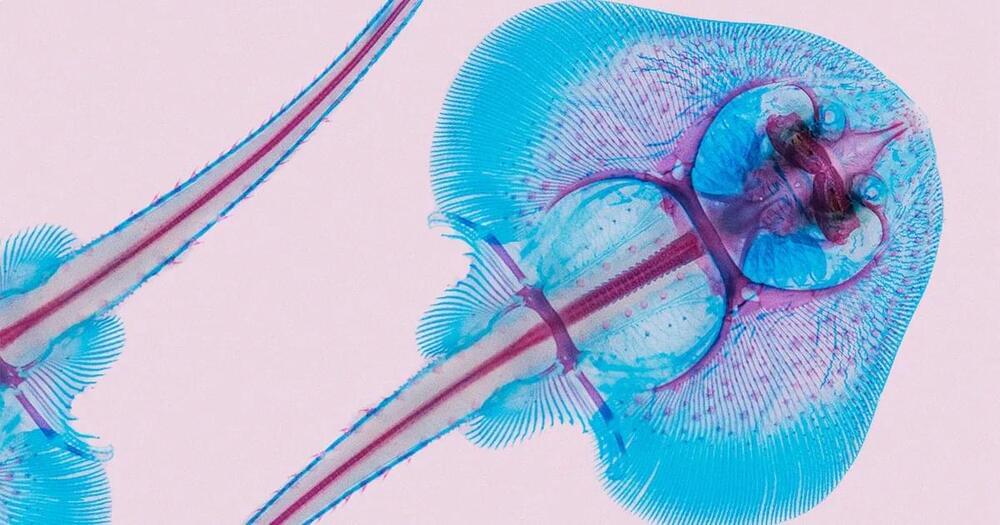However, when major genome rearrangements occur — like the ones that the team was seeing in the skate’s DNA — boundaries can be lost, and the relative positions of genes on chromosomes can change. As a result, “some enhancers can provide instructions to the wrong gene,” explained Dario Lupiáñez, an evolutionary biologist at the Max Delbrück Center in Berlin and one of the senior authors of the study.
It seemed possible that the changes in the 3D architecture of the skate genome might have disrupted the ancient blocks of genes the skates inherited from their sharklike ancestors, affecting the genes’ function. “We were trying to look at whether some genome rearrangements in the little skate actually break these blocks,” said Ferdinand Marlétaz, a genomicist at University College London and co-first author of the study.










Comments are closed.